Major Programs

Interdisciplinary studies. Individual attention.
Course 12 students have opportunities unmatched by any other program—all closely guided by renowned MIT faculty. Whether collecting samples in the field or building models and experiments in the lab, you’ll be investigating the interconnected systems that shape the Earth and distant planets—with profound implications for the sustainable use of the world’s resources, the health of the planet, and the exploration of space.
And, in the process, you’ll develop quantitative and analytical skills transferable to any discipline as you pursue your degree and build a career.
Trying to decide among interests in biology, physics, chemistry, and math? Perhaps you’re interested in data science or engineering as well? Course 12’s flexible academic program allows students to develop individualized courses of study, and our small class sizes encourage and enhance student-professor interactions.
“The interdisciplinary nature of Course 12 means you collaborate with geologists, climate scientists, astrobiologists — you name it — and everyone has unique stories to share.”
Skylar Larsen ’23
Explore the major.
The requirements for the Course 12 major are designed to give you the chance to explore the research area that excites you. After building a foundation with the subjects in the core, you will select lab/field subjects and concentration area subjects that support your interests. Your advisor will help you build a coherent program.
You can also check out our program roadmap for a year-by-year example of how you might construct the requirements for your degree.
CHOOSE TWO INTRO SUBJECTS [ 24 UNITS ]
*A subject in this area not used to meet the core requirement may be used as a concentration subject.
- 12.001 Introduction to Geology
- 12.002 Introduction to Geophysics and Planetary Science
- 12.003 Introduction to Atmosphere, Ocean and Climate Dynamics
- 12.004 Introduction to Chemistry of Habitable Environments
REQUIRED RESEARCH SUBJECTS [ 12 UNITS ]
- 12.TIP – Thesis Preparation
- 12.ThU – Undergraduate Thesis
CHOOSE ONE OPTION [ 12 UNITS ]
*All of these subjects are CI-M subjects.
- 12.115 Field Geology
AND 12.116 Field Geology Analysis
RECOMMENDED FOR
Geoscience
Planetary Science + Astronomy
Environmental Systems
- 12.307 Weather and Climate Laboratory
RECOMMENDED FOR
- 12.335 Experimental Atmospheric Chemistry
RECOMMENDED FOR
- 12.410 Observational Techniques of Optical Astronomy
RECOMMENDED FOR
Program Concentrations
Whichever major concentration you choose, our challenging fields of study integrate biology, chemistry, mathematics, and physics with data science and real-world applications.
CHOOSE AN AREA OF STUDY [ 96-99 UNITS ]
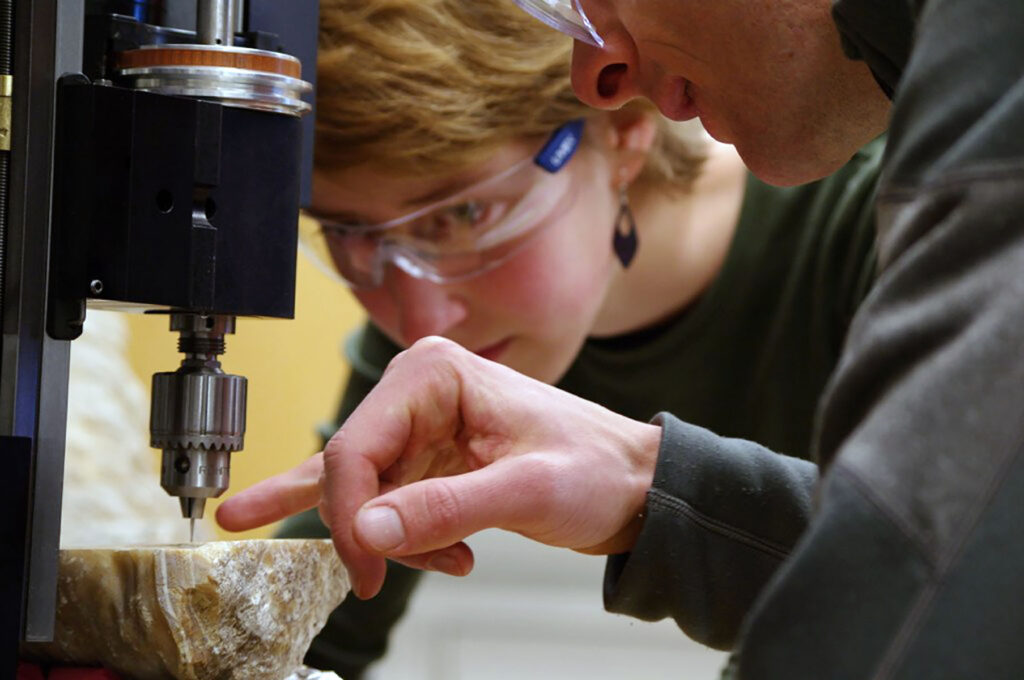
Geoscience: Geology, Geochemistry, Geophysics, Geobiology
Earth has evolved to provide everything that allows modern human life to flourish, from the vital water we require to drink and grow our food; to the minerals like iron, aluminum, copper, and silicon that build everything from giant skyscrapers to tiny computer chips; to the energy that powers both industry and the everyday. But our dynamic planet also unleashes natural disasters which reshape the landscape and threaten communities.
The Geoscience concentration explores our understanding of Earth’s present, its past, and its potential future.
CHOOSE FIVE [ 60-63 UNITS ]
One substitution allowed if approved by advisor.
- 12.007 Geobiology: History of Life on Earth
- 12.104 Geochemistry
- 12.108 Structure of Earth Materials
- 12.109 Petrology
- 12.110A & B Sedimentary Environments; Sedimentology in the Field
- 12.113 Structural Geology
- 12.117A & B Field Geobiology 1; Field Geobiology II
- 12.163 Geomorphology
- 12.177 Astrobiology: Origins and Early Evolution of Life
- 12.178 The Phylogenomic Planetary Record
- 12.201 Essentials of Global Geophysics
- 12.202 Flow, Deformation, and Fracture in Earth and Other Terrestrial Bodies
- 12.203 Mechanics of Earth
- 12.214 Essentials of Applied Geophysics
- 12.400 Our Space Odyssey
- 12.421 Physical Principles of Remote Sensing
SUPPORTING SUBJECTS – CHOOSE THREE [ 36-39 UNITS ]
Recommended for this concentration:
- 3.010 Structure of Materials
AND 3.020 Thermodynamics of Materials OR 5.60 Thermodynamics and Kinetics - 18.03 Differential Equations OR 18.06 Linear Algebra
- 5.12 Organic Chemistry
- 7.05 Biochemistry
Explore the full list of supporting subjects.
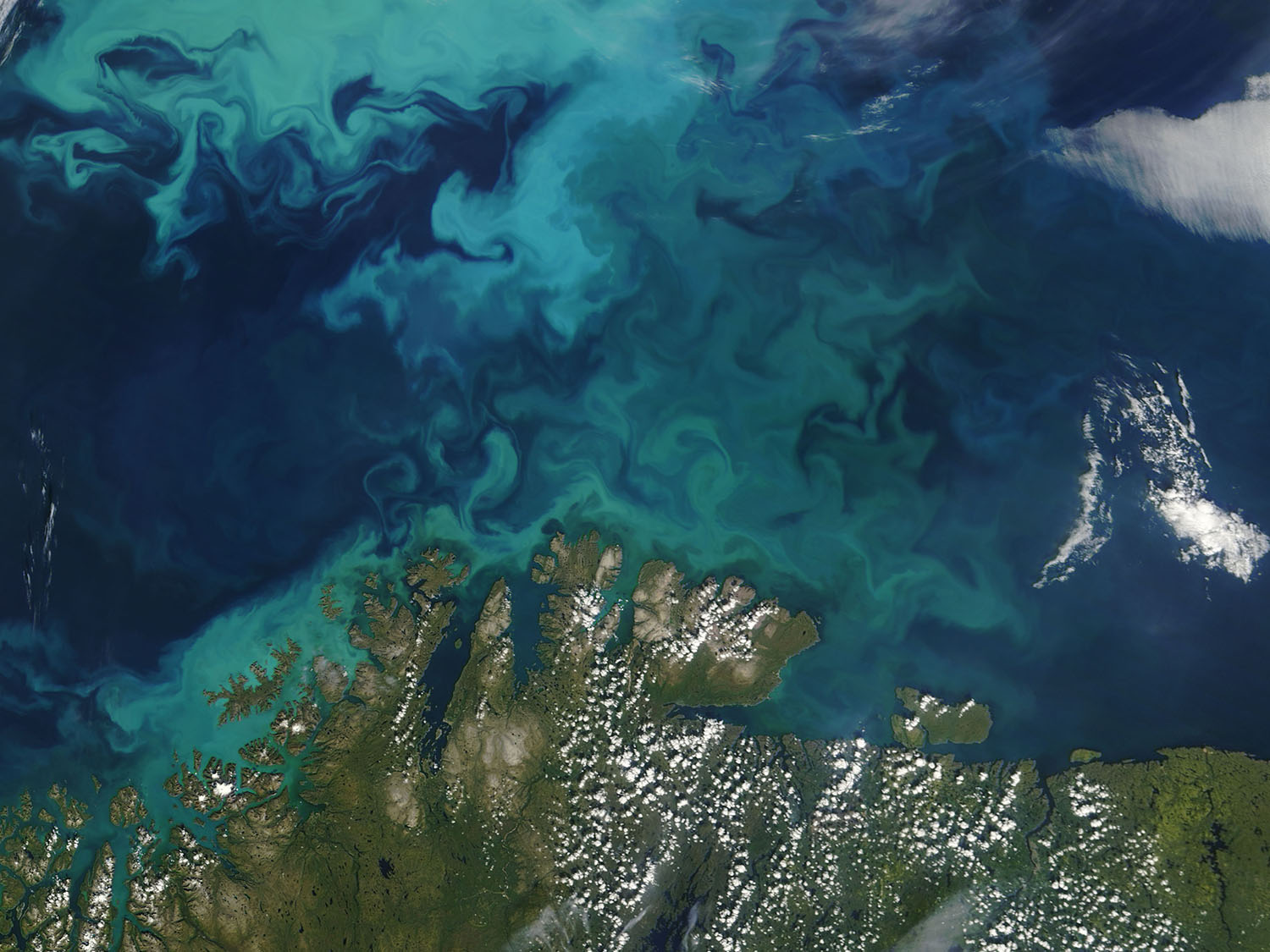
Atmospheres, Oceans + Climate
With cyclones growing in frequency and ferocity, communities increasingly threatened by landslides and extreme flood events, and melting permafrost endangering habitats and belching trapped carbon dioxide and methane into the atmosphere, the need for fundamental climate research has never been greater.
The Atmospheres, Oceans and Climate concentration examines the interconnected natural systems which combine to produce and influence climate, from deep time to present day, on Earth and on other planets.
CHOOSE ONE [ 12 UNITS ]
- 12.301 Climate Science
- 12.318 Introduction to Atmospheric Data and Large Scale Dynamics
CHOOSE FOUR [ 48 UNITS ]
One substitution allowed if approved by advisor.
- 12.009 Nonlinear Dynamics: The Natural Environment
- 12.086 Modeling Environmental Complexity
- 12.300J Global Change Science
- 12.306 Atmospheric Physics and Chemistry
- 12.315 Atmospheric Radiation and Convection
- 12.320A Introduction to Hydrology and Water Resources
- 12.320B Introduction to Hydrology Modeling
- 12.336J/1.085J Air Pollution
- 12.338 Aerosol and Cloud Microphysics and Chemistry
- 12.349 Mechanisms and Models of the Global Carbon Cycle
- 12.372 Elements of Modern Oceanography
- 12.373 Field Oceanography
- 12.377 History of Earth’s Climate
- 12.390 Fluid Dynamics of the Atmosphere and Ocean
- 12.421 Physical Principles of Remote Sensing
- 12.422 Planetary Atmospheres
SUPPORTING SUBJECTS – CHOOSE THREE [ 36-39 UNITS ]
Recommended for this concentration:
- 5.60 Thermodynamics and Kinetics
- 8.03 Physics III
- 18.03 Differential Equations
Explore the full list of supporting subjects.
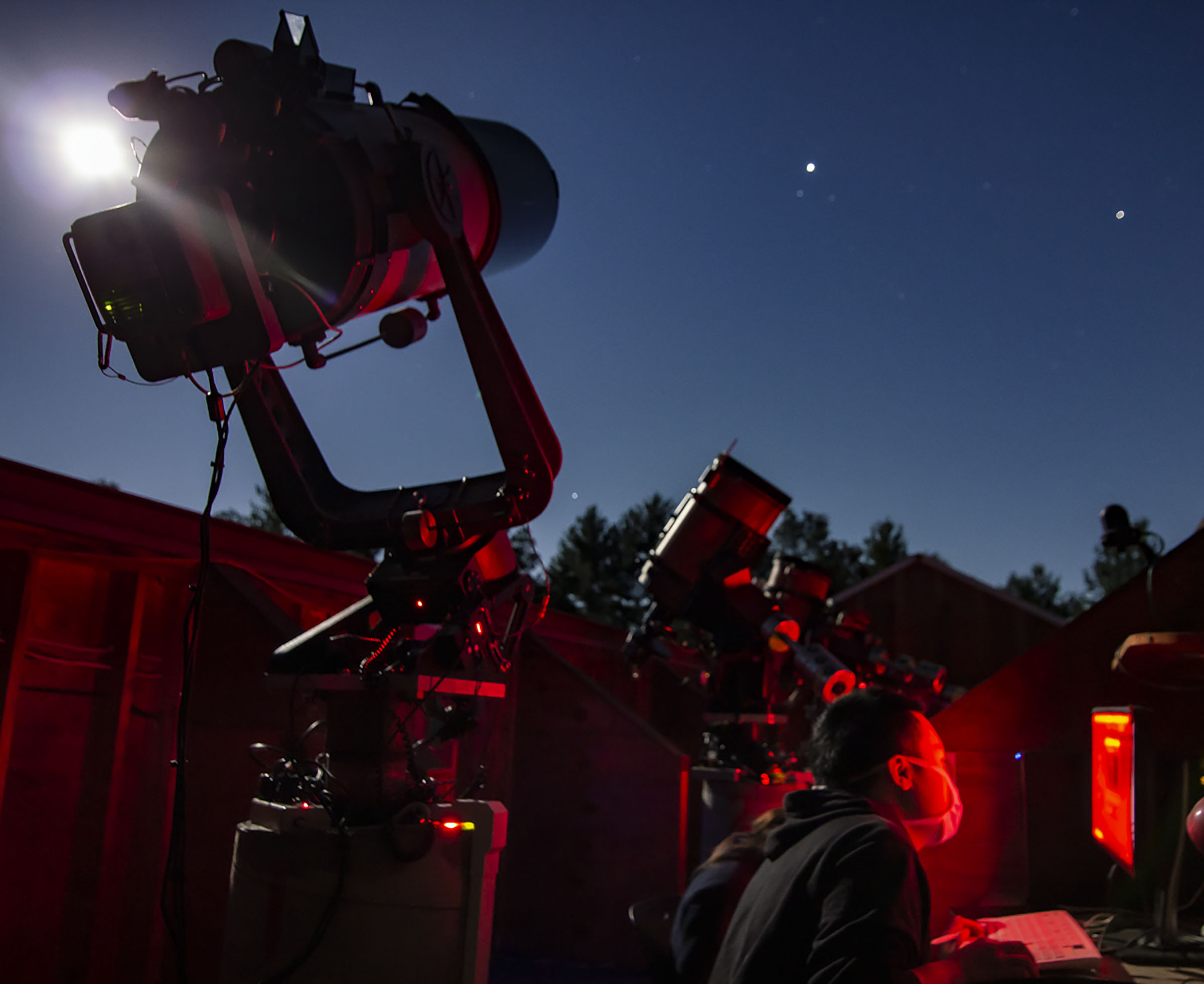
Planetary Science + Astronomy
With a foundation rooted in theory and hands-on observation, the Planetary Science + Astronomy concentration explores our dynamic solar system—providing a window into Earth’s own workings, past and future. Magnetic properties of meteorites have helped establish a timeline for how quickly our solar system emerged from its protoplanetary nebula, and offer insights into the early composition of planetary bodies as they formed. The atmospheric extremes of other planets can tell us about our own climate and its potential changes, whether it be the cooling effects of dust, the heat-trapping properties of carbon dioxide, or even interactions with the solar wind. And as we continue to discover the existence of water and organic molecules elsewhere in the solar system, we are given more clues to the origins of life on Earth—and the tantalizing prospect of detecting life beyond our own planet.
REQUIRED [ 12 UNITS ]
- 12.420 Physics and Chemistry of the Solar System
CHOOSE FOUR [ 48 UNITS ]
One substitution allowed if approved by advisor.
- 12.006J Nonlinear Dynamics: Chaos
- 12.104 Geochemistry of the Earth and Planets
- 12.108 Structure of Earth Materials
- 12.109 Petrology
- 12.177 Astrobiology, Origins and Early Evolution of Life
- 12.400 Our Space Odyssey
- 12.421 Physical Principles of Remote Sensing
- 12.422 Planetary Atmospheres
- 12.425J Extrasolar Planets: Physics and Detection Techniques
- 12.43J Space Systems Engineering
SUPPORTING SUBJECTS – CHOOSE THREE [ 36-39 UNITS ]
Recommended for this concentration:
- 8.03 Physics III
- 18.03 Differential Equations
Explore the full list of supporting subjects.
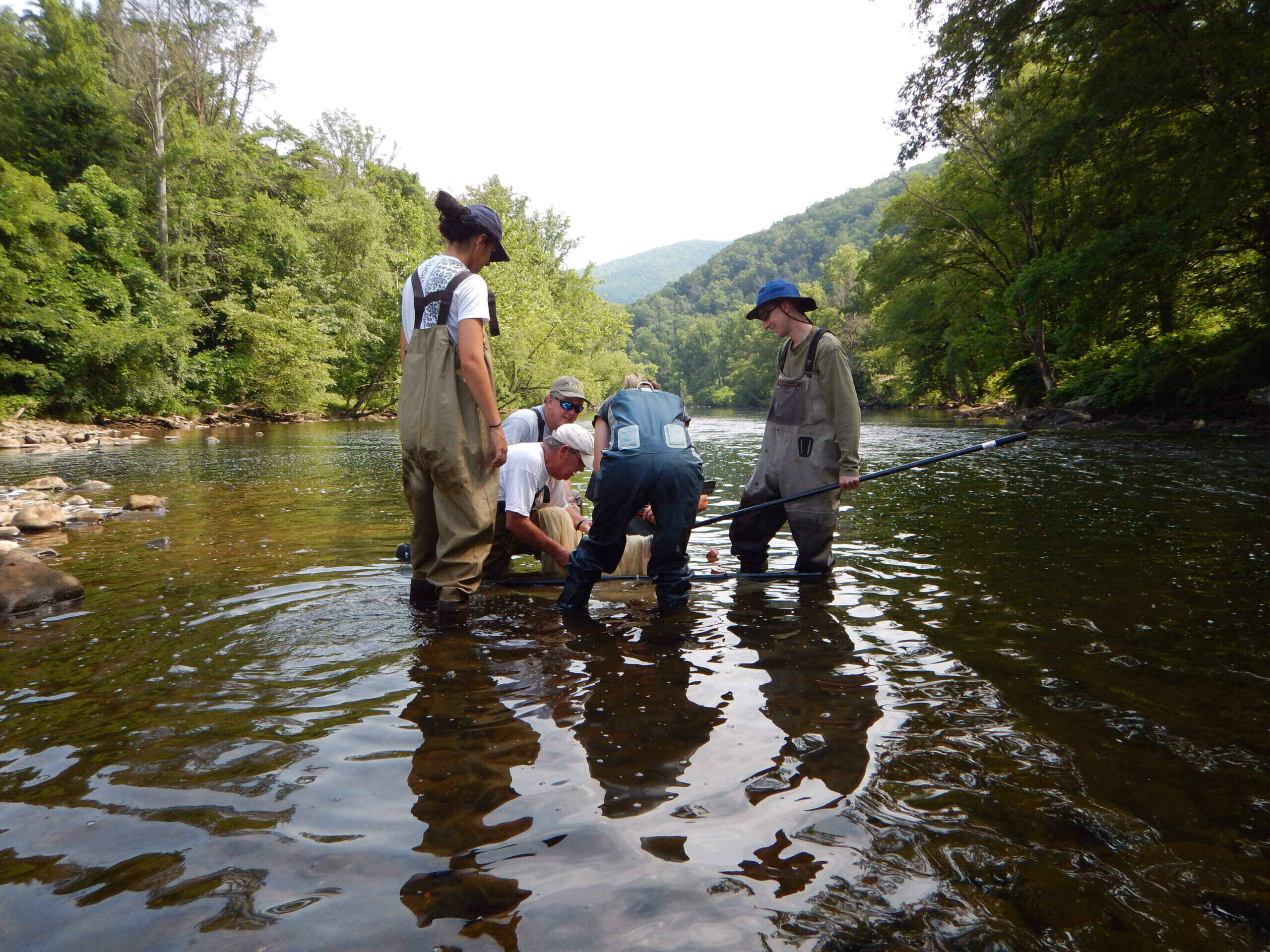
Environmental Systems
Every major event in the history of life has been accompanied by environmental change. Photosynthesizing cyanobacteria led to the Great Oxygenation Event and the formation of animal life. Greenhouse gases and toxic metals from massive supervolcanoes triggered the Great Dying with a rapid global warming of 10ºC, but also paved the way for the rise of dinosaurs and mammals. Sea level changes as the last ice sheets began to melt altered ocean currents, speeding glacial retreat and allowing humans to spread into North America.
The Environmental Systems concentration studies past patterns of the Earth’s biosphere and expands our understanding of the interconnected systems of the natural world that we experience today—providing valuable insight to help guide our future.
CHOOSE FIVE [ 60-63 UNITS ]
One substitution allowed if approved by advisor.
- 12.009 Nonlinear Dynamics: The Natural Environment
- 12.021 Earth Science, Energy and Environment
- 12.031 Fundamentals of Ecology
- 12.086 Modeling Environmental Complexity
- 12.110A & B Sedimentary Environments; Sedimentology in the Field
- 12.117A & B Field Geology I; Field Geology II
- 12.119 Analytical Techniques for Studying Environmental and Geological Samples
- 12.158 Molecular Biogeochemistry
- 12.163 Geomorphology
- 12.177 Astrobiology, Origins and Early Evolution of Life
- 12.301 Climate Science
- 12.346 Global Environmental Negotiations
- 12.348 Global Climate Change: Economics, Science, and Policy
- 12.349 Mechanisms and Models of the Global Carbon Cycle
- 12.377 History of Earth’s Climate
- 12.385 Science, Politics and Environmental Policy
- 12.421 Physical Principles of Remote Sensing
SUPPORTING SUBJECTS – CHOOSE THREE [ 36-39 UNITS ]
Recommended for this concentration:
- 5.12 Organic Chemistry
- 6.802 Foundations of Computational and Systems Biology
- 8.03 Physics III
- 18.03 Differential Equations OR 18.06 Linear Algebra
Explore the full list of supporting subjects.
How do I become an EAPS major?
MIT First Year students choose a department for their major at the end of the spring term. If you would like to discuss majoring in EAPS please talk to any of our faculty or or get in touch with the EAPS Education Office.
Contact the EAPS Education Office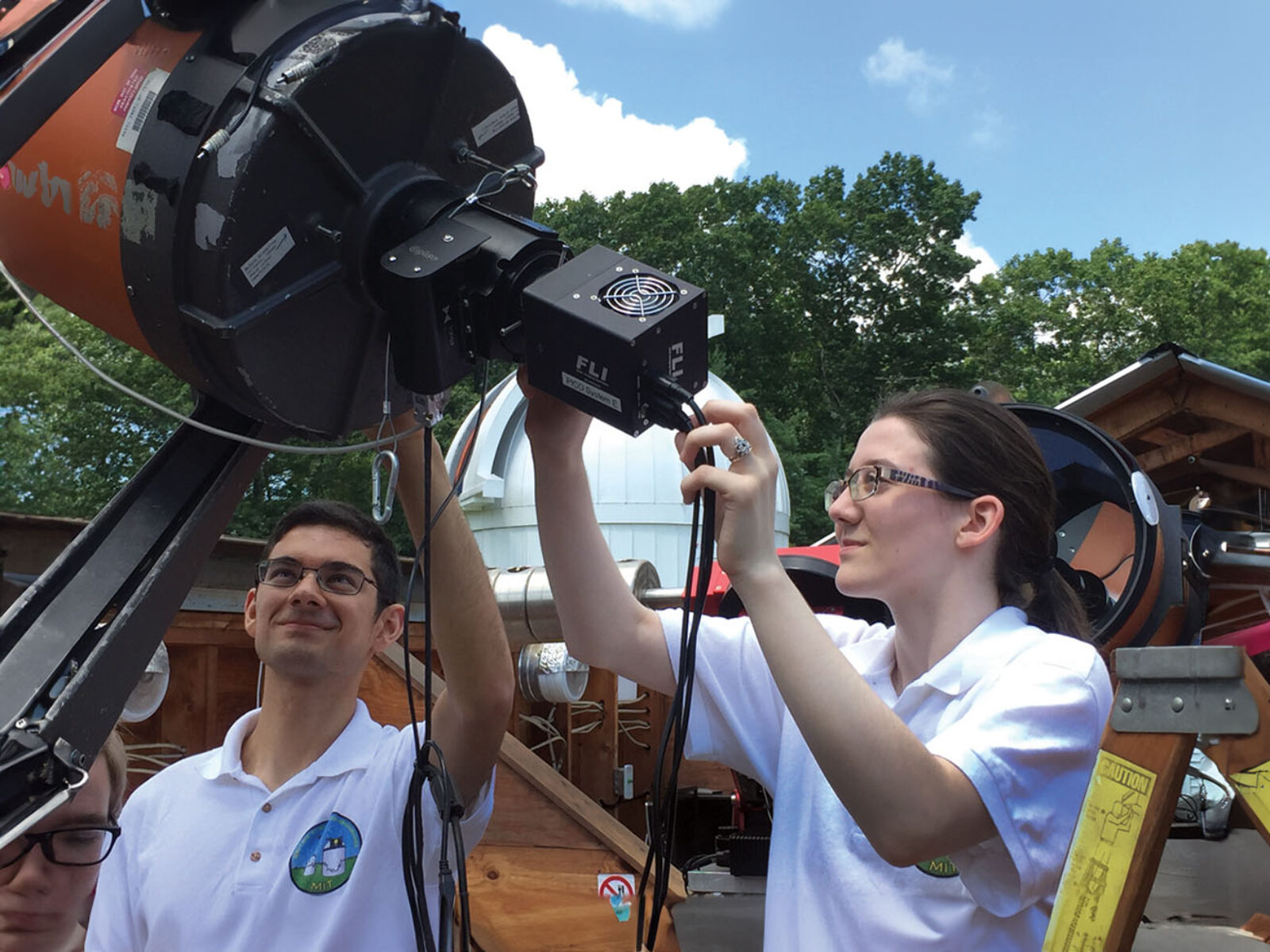
Looking for the Course 1-12 joint major in Climate System Science and Engineering?
Jointly offered by EAPS and the Department of Civil and Environmental Engineering (CEE), the Course 1-12 Climate System Science and Engineering degree program combines scientific understanding of the Earth’s systems with engineering skills—as well as an understanding of human and institutional behavior—to prepare students for careers in the global response to climate change.
Undergraduate FAQs
Yes! Check out our program roadmap for a year-by-year example of how you might construct the requirements for your Course 12 degree.
The EAPS Academic Administrator matches majors to their academic advisor. After the department is notified about a new major, the Academic Administrator will typically send an e-mail to the student asking if they have a specific area of interest in EAPS. Matches will first be made based off of interests the student submits. In most cases, EAPS majors retain their advisors throughout their studies in EAPS.
Absolutely!
A double major in Course 12 can be a high-value addition to many other programs of study. Our interdisciplinary research teaches students to quantify and analyze complex natural processes and takes on some of the most profound questions of our time. In EAPS, you’ll gain critical problem-solving skills, jump-starting your pursuit of an advanced degree in any field, or a career as a leader in industry or government.
Common complementary degree tracks include: electrical engineering and computer science, civil and environmental engineering, aeronautics and astronautics, chemistry, biology, physics, and mathematics.
Course 12 students fulfill the Communication Intensive in the Major (CI-M) requirement in two ways.
- Take one required Lab + Field Subject:
- 12.115 & 12.116
- 12.307
- 12.335
- 12.410J
- Complete your thesis while registered for at least 6 Units of 12.THU
Ready to collaborate with EAPS faculty and scientists on exciting, real-world research?



